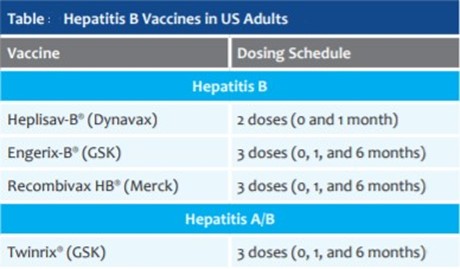A 10-year old is admitted to the Emergency Room in a sickle cell crisis. Put the interventions in order by priority.
All options must be used.
Administer oxygen.
Start IV fluids.
Administer pain medication.
Draw lab work.
Correct Answer : A,B,C,D
A. Administer oxygen. This is the first priority because oxygen can help prevent further sickling of red blood cells and improve tissue perfusion.
B. Start IV fluids. This is the second priority because hydration can reduce blood viscosity and prevent vaso-occlusion.
C. Administer pain medication. This is the third priority because pain is a common and distressing symptom of sickle cell crisis and should be treated with opioids around the clock.
D. Draw lab work. This is the last priority because lab work can help monitor the severity of the crisis and the need for blood transfusions, but it does not directly relieve the patient’s symptoms or prevent complications.
Nursing Test Bank
Naxlex Comprehensive Predictor Exams
Related Questions
Correct Answer is B
Explanation
.“I need to receive 3 doses of hepatitis B vaccination to assure protection.” This statement indicates that the person understands that hepatitis B is a serious infection that can be prevented by vaccination.
Hepatitis B vaccine is given as a series of 3 shots over a period of 6 months.

Choice A is wrong because hepatitis A is not usually transmitted through unprotected sex, but through ingestion of contaminated food or water or direct contact with an infected person.
Hepatitis A can also be prevented by vaccination.
Choice C is wrong because hepatitis C can be transmitted through IV drug use, as well as blood transfusions, organ transplants, needlestick injuries, and sharing personal items such as razors or toothbrushes with an infected person.
Hepatitis C can cause chronic liver disease and there is no vaccine for it.
Choice D is wrong because there is a vaccine for hepatitis A, which can provide lifelong protection against the infection.
Hepatitis A usually does not require treatment and most people recover completely within a few weeks. There is no specific medication to cure hepatitis
Correct Answer is ["A","C"]
Explanation
Choice A is correct because using a soft toothbrush can decrease the risk of bleeding from the gums, which is a common site of bleeding for people with hemophilia.
Choice C is correct because reporting excessive bleeding to the provider and using precautions to protect the head and joints are important aspects of home care for hemophilia.
Choice B is wrong because ibuprofen is a nonsteroidal anti-inflammatory drug (NSAID) that can interfere with platelet function and increase bleeding tendency. People with hemophilia should avoid NSAIDs and use acetaminophen instead for pain relief.
Choice D is wrong because clotting factor treatments are not only needed when a bleed occurs but also as a preventive measure to reduce the frequency and severity of bleeding episodes. People with severe hemophilia need regular clotting factor replacement therapy for the rest of their lives.
Choice E is wrong because warm, painful joints are signs of joint bleeding, which is a serious complication of hemophilia that can lead to permanent joint damage.
People with hemophilia should not apply heat to their joints, but rather use ice packs, compression, elevation and rest to reduce swelling and pain. They should also seek medical attention and receive clotting factor replacement therapy as soon as possible.
Whether you are a student looking to ace your exams or a practicing nurse seeking to enhance your expertise , our nursing education contents will empower you with the confidence and competence to make a difference in the lives of patients and become a respected leader in the healthcare field.
Visit Naxlex, invest in your future and unlock endless possibilities with our unparalleled nursing education contents today
Report Wrong Answer on the Current Question
Do you disagree with the answer? If yes, what is your expected answer? Explain.
Kindly be descriptive with the issue you are facing.
